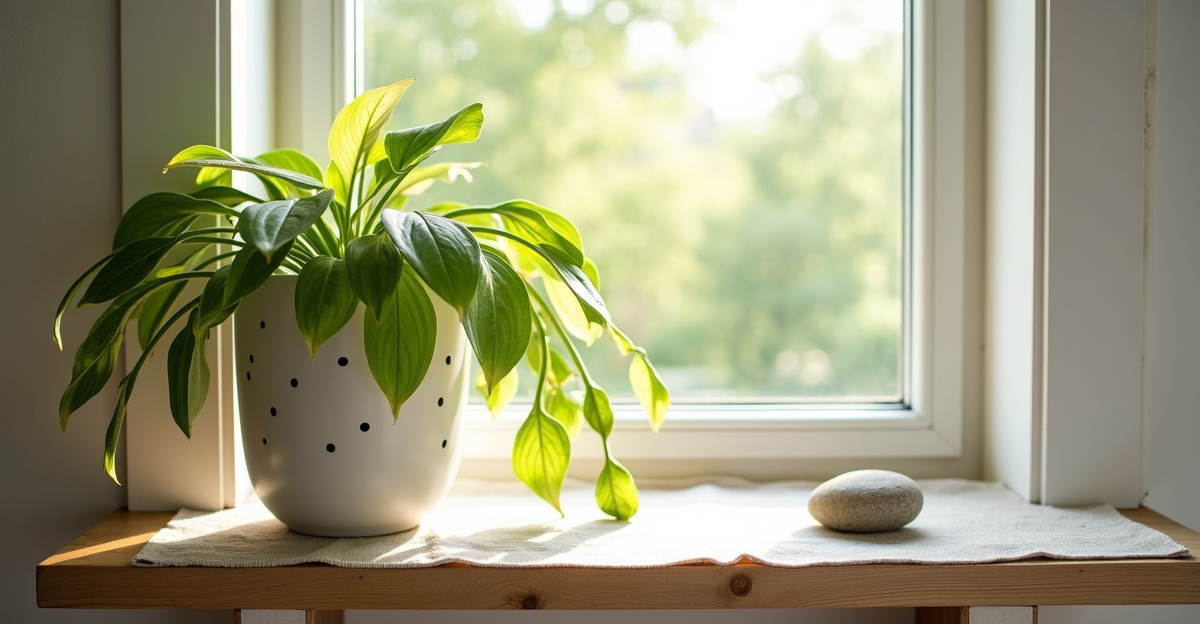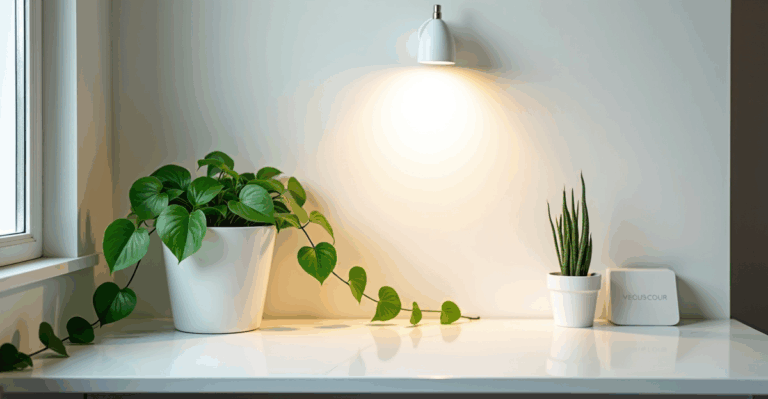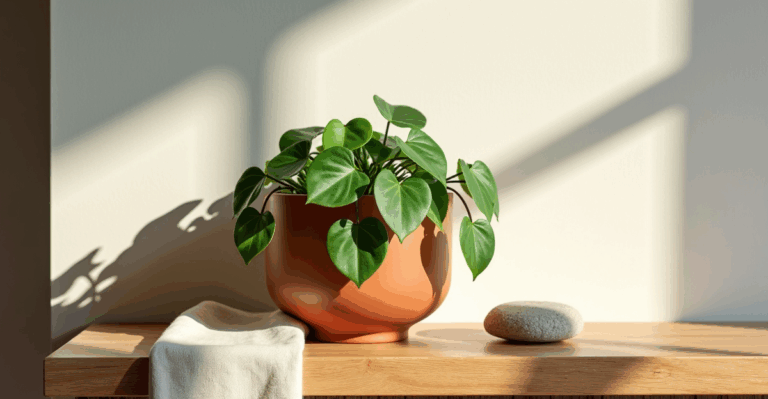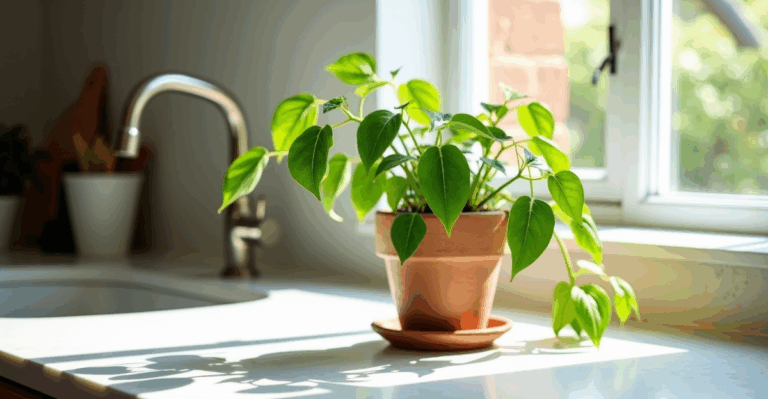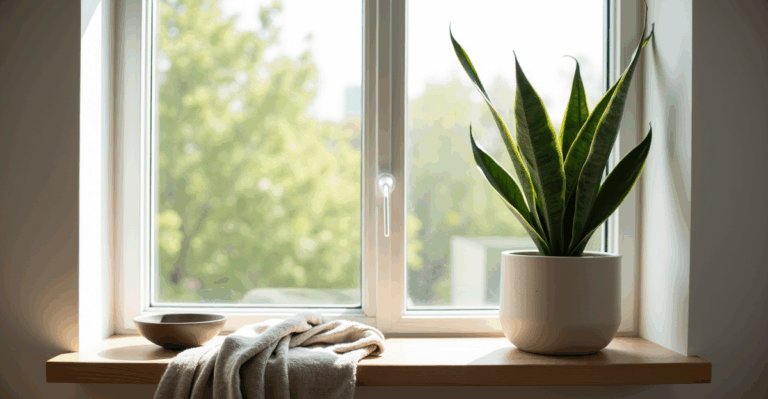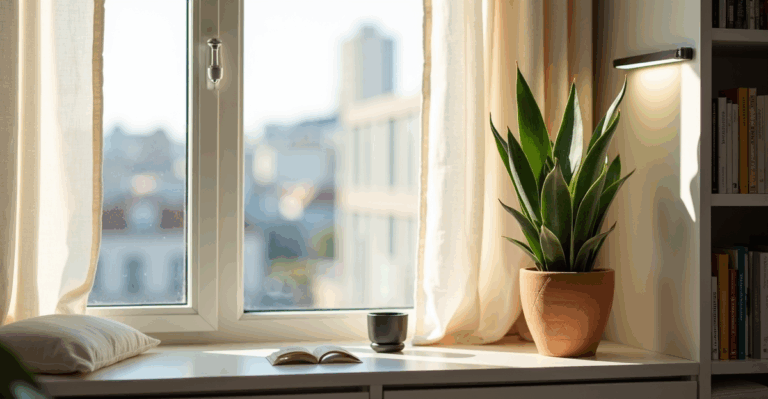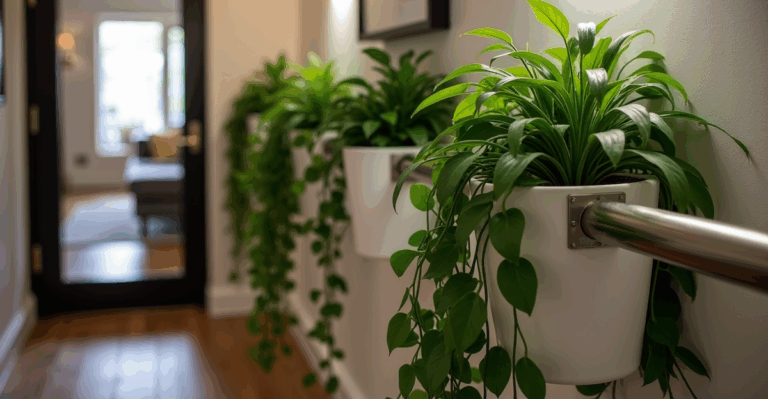Your Kitchen’s Secret Weapon: Pothos Varieties That Actually Thrive on the Wall
You’re prepping dinner, the scent of garlic hitting the air, and your pothos—a lush green cascade—is hanging right above the sink. It’s been a good year, but lately, the leaves look a little thin, the vine seems less eager, and you’ve caught yourself watering it more than usual after noticing the soil feels damp. You’re not alone. Kitchens are tricky: hot, humid, with unpredictable light and a tendency to overwater (because, well, you’re busy!). Most pothos can tolerate it, but not all varieties handle kitchen conditions like a champ—especially when hung on a wall where drainage and light access matter more than ever.
We’ve seen too many pothos droop in kitchen corners, not because they’re inherently finicky, but because the variety wasn’t matched to the space, and the planter didn’t work with the light and humidity. The solution isn’t just picking a tough plant—it’s understanding how your kitchen’s unique rhythm affects its growth. Let’s ditch the generic advice and find the right pothos for your kitchen wall, with a planter that actually works.
Why “Just a Pothos” Isn’t Enough in the Kitchen
Kitchen light is rarely consistent. A south-facing window might blast strong sun in summer but feel dim in winter. East-facing is often perfect (gentle morning light), but west-facing can cook plants by afternoon. And let’s be real: kitchens often have no windows, or windows blocked by appliances. Most pothos tolerate low light, but they thrive with bright, indirect light. If yours is near a dark window, it’ll stretch, turn pale, and stop making those gorgeous new leaves.
Then there’s humidity. Cooking steam is great if it’s not blasting directly on the plant (that causes leaf spots). But the air around a stove or sink is often drier than you think, especially in winter when heating kicks in. Overwatering is the silent killer here—kitchens feel busy, so we often water more than the plant needs, especially when it’s near the sink. Pothos hate sitting in water, and a wall planter with poor drainage is a one-way ticket to root rot.
Marble Queen: The Elegant Kitchen Partner
Why it works: This variety’s creamy variegation (white and green) is pure kitchen chic. It handles lower light better than Neon or Jade, which is perfect if your kitchen has a north-facing window or a spot behind a curtain. Its slower growth means it won’t outpace your space quickly, and it tolerates the humidity from cooking without turning mushy.
Care in your kitchen: Place it where it gets some morning sun (east window) or a few feet back from a south window. Water only when the top 2–3 inches of soil feel dry—not just because it’s been a few days. In winter, when humidity drops, mist the leaves lightly once a week to keep the variegation vibrant. Crucially: Avoid placing it directly above the stove—steam can cause black spots on the leaves.
Real kitchen scenario: My friend Sarah put her Marble Queen on a wall shelf above her sink (away from the burner). It gets filtered morning light through her window. She waters when the soil feels dry to the touch (about every 7–10 days), and the variegation stays bright all year. No more yellowing leaves from overwatering.
Edge case: If your kitchen is very dark (no windows), expect slower growth. It’s not a problem—it just means you’ll need to move it to a brighter spot seasonally or accept a more compact vine. Don’t fertilize in low light; it can burn the roots.
Neon Pothos: The Vibrant, Low-Light Brightener
Why it works: Its electric lime-green color is a joyful pop in a neutral kitchen. It’s actually more tolerant of lower light than Jade, making it great for kitchens with minimal windows or those tucked away from natural light. Its rapid growth means it fills wall space quickly, which is perfect for a small kitchen where you want instant greenery.
Care in your kitchen: Place it where it gets indirect light—like a shelf near an east window, or on the back of a cabinet. Water when the top inch of soil feels dry (usually every 5–7 days). Because it grows fast, it’s more forgiving if you occasionally miss a watering, but never let it sit in water. Flush the soil monthly with plain water to avoid mineral buildup from tap water (common in kitchens with hard water).
Real kitchen scenario: I have a Neon Pothos on a wall-mounted planter near my kitchen window, but it’s shielded by a curtain from direct sun. It’s grown so fast it’s nearly covered the small wall space, and the color stays vibrant even in winter. I water it only when the soil feels dry about an inch down—I’ve stopped using a timer because I’ve learned to feel it.
Edge case: In very low light (e.g., a kitchen with no windows), it may lose its bright color and become mostly green. This isn’t harmful, but if you want the neon pop, move it to a brighter spot. It’s also more prone to pests like spider mites in dry air—so mist it gently weekly if humidity is low.
Jade Pothos: The Classic, Reliable Workhorse
Why it works: Its deep green, heart-shaped leaves are timeless in a kitchen. It’s the most forgiving of the trio for inconsistent watering (a common kitchen mistake) and handles moderate light well. It’s also less likely to stretch in low light than Neon, making it ideal for spots where light is inconsistent.
Care in your kitchen: Place it in a spot with bright, indirect light (like a few feet from a south or west window). Water when the top 2 inches feel dry—this is a good rule of thumb for kitchens where you might be tempted to water too often. It tolerates humidity from cooking better than other varieties, so it’s safe near the sink or stove (just not under a vent).
Real kitchen scenario: My kitchen has a small window that gets strong afternoon sun but is often covered by a curtain. I put my Jade Pothos on the wall behind the curtain, where it gets filtered light. I water it once a week (checking the soil first), and it’s been thriving for two years with minimal fuss. It’s the plant I know I can trust.
Edge case: In very low light, it can develop fewer leaves and grow slower. This isn’t a problem—it just means you’ll need to move it seasonally. It’s also slightly more sensitive to overwatering than Marble Queen, so always check the soil before adding water.
Wall Planters That Actually Work in Kitchens (No More Soggy Roots!)
Here’s where most people trip up: choosing a planter that’s heavy, lacks drainage, or doesn’t fit the wall. Plastic pots crack under temperature swings (kitchen heat + cold drafts). Terracotta is porous but heavy and prone to breaking. Standard hanging planters often have tiny drainage holes that clog easily. The solution? A planter designed for wall use.
What to look for:
– Drainage is non-negotiable: The planter must have holes large enough to let excess water out (not just a tiny slit).
– Weight matters: A wall planter shouldn’t feel like a brick. Heavy planters risk pulling out of the wall over time.
– Material matters: Lightweight, durable materials (like recycled plastic or 3D-printed composites) handle humidity without warping or cracking.
– No liner needed: A planter with built-in drainage means you don’t need to use a separate pot inside a cachepot, which causes overwatering confusion.
Why standard planters fail: I’ve seen kitchen pothos drowning in plastic baskets with no drainage holes. The water sits at the bottom, roots rot, and the plant looks sad for weeks. A wall planter that doesn’t let water escape is a recipe for disaster—especially in a kitchen where you’re already prone to overwatering.
Key Takeaways for Your Kitchen Pothos
- Light is everything: East-facing is ideal for all varieties; avoid direct south/west sun at the window, but filtered light works well for most kitchens.
- Water by feel, not schedule: Check the top 2 inches of soil dry before watering. Kitchens encourage overwatering—resist the urge!
- Wall planters need drainage: No exceptions. A planter with holes = no root rot.
We’ve tested countless wall planters in our own kitchens—some that cracked, some that held water, and some that felt too heavy for the wall. The ones that truly work are lightweight, have ample drainage, and fit seamlessly into kitchen decor. That’s why we’re always reaching for our 3D-printed planters for every kitchen pothos we grow.
We use these in our own setups, and they’re a joy to style—discover our 3D-printed planters.

